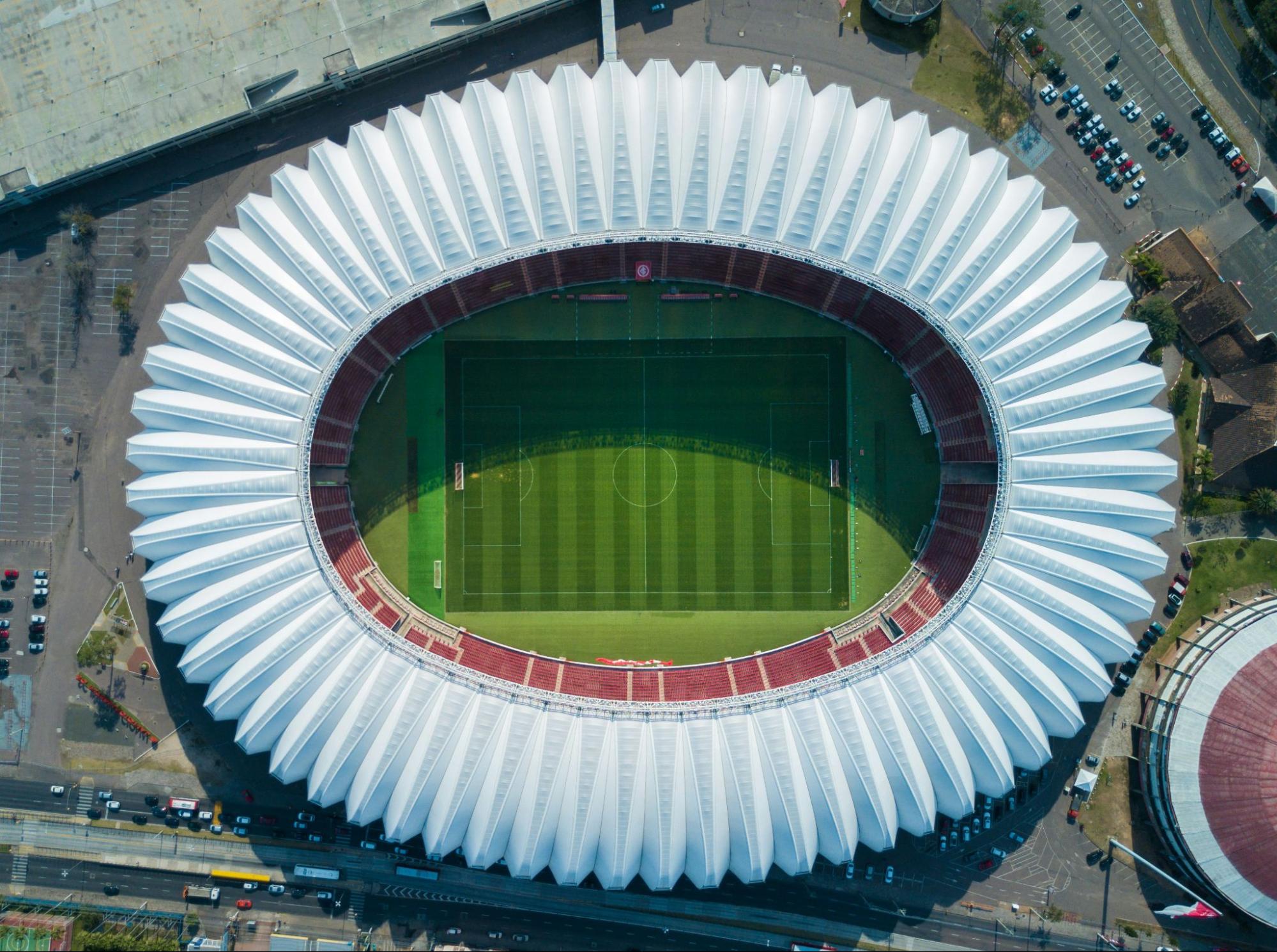
Fans all around the world enjoy watching different sports, ranging from NBA matches to European football matches, every sport is packed with mind-blowing energy. The digital revolution has made it to where people just being able to watch a game from their seat is no longer sufficient. There is a deep-rooted need for fans to feel immersed and to have every step, from entry to exit, be as effortless and integrated as possible.
Welcome smart stadiums. Fully equipped with Emotion AI and other state-of-the-art technology, smart stadiums revoke age-old concepts that consist of mere imagination. Their construction is already in progress, changing our perception of attending live events.
More Than Just a Seat: The Smart Stadium Revolution Begins
The day where your mobile device is your direct guide to your programmed entertainment schedule already seems to be here. Basic phone functions will now include GPS which is integrated with access to your actual seat, the quickest routing to restaurants or stores without waiting in long lines, and the ability to watch live action replay from numerous different angles on their personal screens. Fiction is rapidly becoming fact, as observed in massive venues such as Tottenham Hotspur Stadium and SoFi Stadium.
Smart arenas feature advanced technology such as high-speed 5G networks, real-time data analytics, and thousands of sensors. Automated crowd monitoring helps maintain smooth crowd flow and prevents bottlenecks. Smart ventilation systems also adjust temperature and lighting to suitable levels and tailor digital signage depending on the attendees.
Surprisingly, there is higher adoption of this technology in entertainment zones within the stadiums, such as lounges. These spaces give fans the chance to play augmented reality (AR) games, make predictions, or access digital content exclusive to the event. Some lounges have also started to experiment with casino live gaming-style virtual competitions to immerse fans in pregame and halftime activities.
Seamless Access and Real-Time Customization
Mobile ordering is taking the strain off fans having to wait in never-ending queues just for getting a bite. With the click of a button, food and beverages can be brought directly to their seats. Facial recognition and QR code access also make entry to the venue much smoother. It has become more essential since the pandemic.
Stadium apps provide fans with a plethora of options. Fans can be alerted when the queues for the restrooms are the shortest, vote for the songs they want to hear during intermissions, receive tailored stats according to the players selected as their favorites. It has all been aimed to making the fans more engaged.
The use of Augmented Reality and Virtual Reality bring in additional excitement. Some stadiums are experimenting with AR overlays which display starts when a fan aims their camera onto a player and play tracking like in video games. On the other hand, VR zones allow guests to experience locker room moments or the view of a courtside seat from the upper deck.
Sustainability Meets Experience
Smart stadiums are not only designed for fun activities; they also serve a greater purpose. The modern infrastructure features next-gen solar panels and rainwater harvesting systems that greatly reduce the carbon footprint of the stadium, all while performing optimally.
Some of the more advanced stadiums even have real-time dashboards that tell the fans the amount of energy that is being recycled or saved during the event. This new level of transparency creates a unique bond between the fans and the team, as it allows them to unite for planet-friendly sports.
AI technology has also enhanced the safety features of these venues. Surveillance systems are now capable of monitoring the crowd for any unusual behavior, which allows the security team to take necessary actions before it’s too late. The digital signboards located in the heavily crowded areas are now able to auto-update for navigation or emergency procedures, keeping the audiences calm yet informed.
From the Crowd to the Cloud: How Social Media Extends the Stadium
The experience of a fan today begins many miles outside the stadium. Social media serves as a supplemental stadium whereby highlights are posted, chants are popularized, and rivalries are reignited. With the advent of smart stadiums, these social media-related needs are being addressed with superfast Wi-Fi and specific “Social Zones” where fans can create and upload content on the go.
Accounts like MelBet have benefited from the shift by providing exclusive content, polls, and giveaways during live events. For most fans, the most thrilling moment they wish to share isn’t the score but the experience itself, where they get to be surrounded by thousands of fans and live the moment.
Stadiums are now being equipped with selfie-able structures, interactive displays, and specially curated for TikTok and Instagram fan activations. The boundary separating live sports and digital storytelling is becoming increasingly hard to define, and the fans have become the storytellers.
Looking Ahead: Stadiums as Entertainment Ecosystems
It is evident that smart stadiums are not just a place to enjoy watching a sport; they are an integrated ecosystem with futuristic technological interaction, competition and culture experiences all blend into one, and this is what leagues and teams forward into the future are working toward. Envision concerts being held right after the game and having fans vote during the concert on what should happen next, or having food courts whose menus change based on their preference tracked through cellphones. Envision having esports events happening in the same arena before the main game starts. These are things that are already in future plans.
One thing that can not change is that the future stadium will not be built with just steel or concrete. Instead, it will have a combination of data, creativity, and knowledge of what the fans truly want: a chance to feel involved, a fragment of the action, and to make memories that are impossible to erase.








